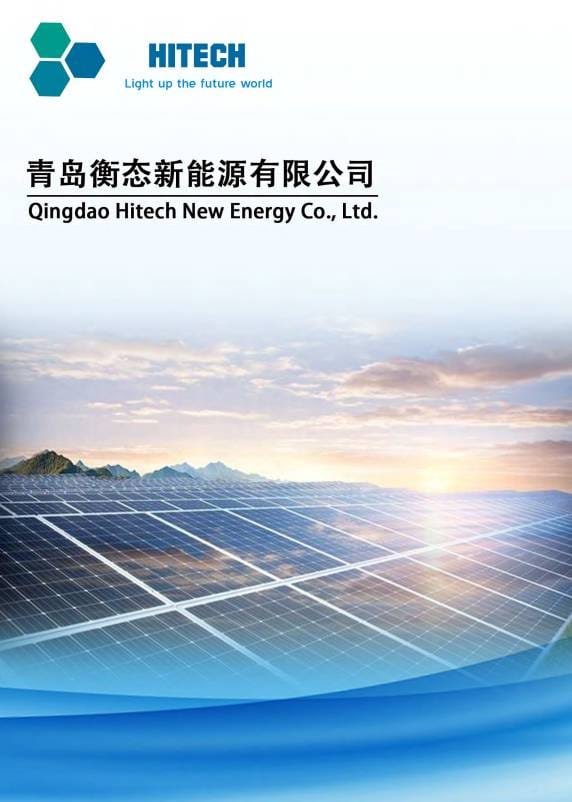As cities expand, road infrastructure becomes increasingly important. Street lighting plays a crucial role in urban and rural development, impacting aesthetics, safety, and energy efficiency. Buyers consider design, lighting performance, durability, and cost when choosing street lamps. This article explores the key factors affecting street light prices and how to make informed purchasing decisions.
Why Is Street Light Price Important?
Price Consideration in Purchasing Decisions
Price is always a major factor in any purchase decision, whether it’s clothing, electronics, or household goods. The same applies to street lighting projects.
Key reasons why street light pricing matters:
- Budget Constraints: Every project has a financial limit, requiring careful cost-quality balance.
- Bidding Standards: Government and commercial projects often set specific standards that street lights must meet.
- Performance vs. Cost: Buyers aim to maximize quality and features within their budget.

Balancing Cost and Performance in Street Lighting Projects
When purchasing street lights, it’s important to assess long-term value rather than just the initial cost. Lower-priced street lights might reduce upfront expenses but could lead to higher maintenance costs and shorter lifespans, ultimately increasing overall project expenses.
Key Factors Affecting Street Light Prices
Street light pricing is influenced by multiple components, including the housing material, LED driver, LED chips, and additional smart features. Each factor contributes to durability, energy efficiency, and performance.
1. Street Light Housing
The housing material determines the durability, heat dissipation, and design of the street lamp.
Common materials used in street light housing:
- Die-cast aluminum: Most widely used due to its strength and corrosion resistance.
- Plastic + metal combination: Cheaper but less durable, suitable for temporary or low-budget projects.
Impact of housing design on price:
- Fixed-position fittings are more affordable than adjustable ones.
- Advanced aerodynamic designs cost more but improve wind resistance and durability.
2. LED Driver
The LED driver is the core component that regulates power supply and determines the lamp’s lifespan.
Types of LED drivers and their pricing impact:
| Type | Function | Price Impact |
|---|---|---|
| Standard LED Drivers | Basic power regulation | Low cost |
| 0-10V & 1-10V Dimmable Drivers | Brightness control | Medium cost |
| DALI, DALI-2, D4i Drivers | Smart lighting control | Higher cost |
Brand comparison:
- Premium brands like Inventronics and Mean Well are slightly more expensive but offer better efficiency and durability.
- Inventronics drivers can be $1-$13 more expensive than budget alternatives.
3. LED Chips
LED chips directly impact brightness, energy efficiency, and lifespan.
Factors affecting LED chip pricing:
- Luminous efficacy (lm/W): Higher efficacy means better energy savings.
- Chip size: Larger chips (e.g., 5050) provide more brightness but cost more.
Popular LED chip types and price impact:
| Chip Type | Luminous Efficiency (lm/W) | Price Impact |
|---|---|---|
| 3030 | 130-160 lm/W | Medium cost |
| 5050 | 180-200 lm/W | Higher cost |
| 2835 | 100-140 lm/W | Lower cost |
Brand comparison:
- Lumileds 3030 LED chips are approximately $10 more expensive than Bridgelux 3030 for similar wattage.
- Premium brands typically offer better lifespan and efficiency.
4. Additional Features & Smart Control
Smart lighting features can increase efficiency and functionality but also add to the overall cost.
Impact of smart features on street light pricing (based on a 60W LED street light):
| Feature | Price Increase |
|---|---|
| 3-Pin NEMA + Photocell | +$8 |
| Motion Sensor | +$21 |
| D4i LED Driver + Zhaga Socket | +$18 |

Smart lighting systems enable remote monitoring, dimming, and automatic adjustments, reducing long-term energy costs but increasing upfront investment.
How to Choose the Right Street Light Based on Price?
1. Define Project Requirements
Before purchasing, identify:
- Required wattage based on road width and traffic conditions.
- Expected brightness (lumens) and energy efficiency.
- Whether smart control is necessary for the project.
2. Compare Brands and Components
Key considerations:
- LED drivers and chips impact overall performance and reliability.
- Higher-priced components typically have better efficiency and longevity.
- Check brand reputation and past project performance.
3. Consider Energy Efficiency
Although high-efficiency LED chips and drivers cost more initially, they reduce electricity consumption, leading to long-term savings.
| Feature | Initial Cost | Long-Term Savings |
|---|---|---|
| Standard LED Driver | Lower | Higher electricity costs |
| High-Efficiency LED Driver | Higher | Lower maintenance & energy costs |
4. Evaluate Supplier Quality & Warranty
Why supplier selection matters:
- Strict quality control ensures fewer defects and longer lifespan.
- Reputable brands offer better warranties (5-10 years), reducing long-term risks.
- Look for manufacturers with extensive export experience and international certifications.
Conclusion
Street light prices vary based on housing material, LED drivers, LED chips, and smart lighting features. Buyers should balance cost and performance to select durable and energy-efficient lighting solutions.
Key takeaways:
- Invest in high-quality LED drivers and chips for long-term performance.
- Consider energy efficiency to reduce operating costs.
- Choose reliable suppliers with strong warranties and certifications.
By carefully evaluating these factors, buyers can make cost-effective decisions, ensuring high-performance street lighting solutions that meet project requirements.


